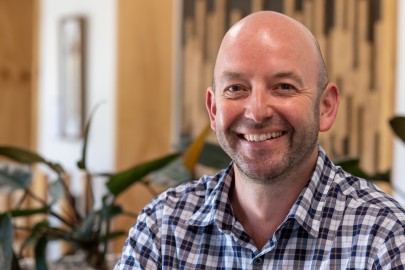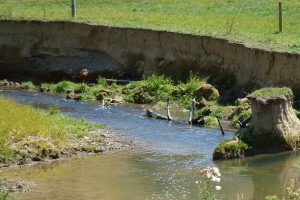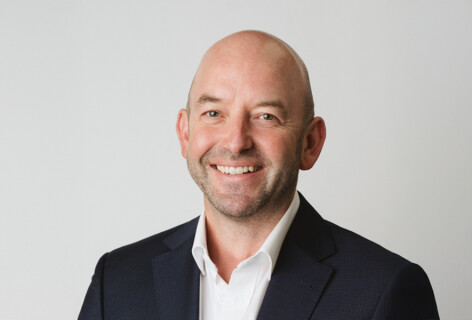
James Stevenson-Wallace, Manaaki Whenua CEO
The reality is that the scale of the event means the healing process will span many years, so to be part of an organisation already playing a significant role in the recovery goes a long way towards making the contribution I couldn’t at the time.
Manaaki Whenua can draw on a large body of data that encompasses the science of integration, economics, social, environmental, cultural, and policy-making to ensure relevant, resilience-building research. We believe the recovery approach should be deliberate and considered, and that it may require different approaches, including seeing a response through a te ao Māori lens.
As the clean-up continues it is clear much of the landscape in the worst-affected areas has effectively been ‘reset’. Being able to compare land through our Sentinel-2 satellite imagery pre- and post-Gabrielle is a stark reminder of the landscape scale of the damage across Gisborne, Hawke’s Bay, and northern Wairarapa. Of the 115 million tonnes of soil estimated to be eroded by landslides, approximately half would have entered waterways, and approximately 30% of that would have been deposited on floodplains. Much would have also found its way to the sea.
Programmes such as Smarter Targeting of Erosion Control (STEC) have significantly improved our understanding of spatial and temporal patterns of erosion, sediment-related water quality, and sediment mitigation. STEC supported development of models to predict the susceptibility of land to rainfall-triggered landslides and the likelihood landslides deliver sediment to streams. It allowed us to model the likely patterns of soil erosion and sediment transport under future climate change nationally and effectively ‘fingerprint’ eroded sediment to identify sources within catchments.
But as quickly as we want to get back to ‘normal’, it’s going to be important to be thorough and take the time needed to make the right decisions.
One of those is what to do with exotic plantations in areas that perhaps are no longer in the ‘right’ places. Pine was often planted on erosion-prone pastoral hill country with a history of soil disturbance and because the policy of the day suggested it was the best erosion-control solution. This history and the multi-layered relationships that exist around it create a complex picture with no simple, immediate or a single solution.
Solutions need to fit the capability and vulnerability of the landscape much more finely than at present.
It will take years for the biodiversity of the region to recover, and the scoured ground will provide a canvas for weeds and invasives. Manaaki Whenua is proud to support the country’s biggest bioinvasive team in the Southern Hemisphere. Our work in establishing natural solutions over chemical ones has been significant and is showing many successes.
Even more importantly, building back better is an opportunity to enhance local communities’ futures. The recovery cannot just be economically focused but should support community-led engagement and iwi/hapū priorities and initiatives. Although we have the expertise, it is vital not to lose sight of what’s important for the communities and mana whenua in the regions, and to marry our expertise with these needs.
Planting mānuka and kānuka, is an example of a transition mechanism that creates potential to evolve into bigger industries with intergenerational benefits. Allowing natural reversion in some places is another successional approach to developing resilience rather than quickly planting species that might have immediate impact but might give rise to unintended consequences in the future.
As the regions slowly recover, Manaaki Whenua is well placed to contribute in a role that gives mana and respect back to the environment, and incorporates the core principles of kaitiakitanga (guardianship), whakapapa (connectedness), and manaakitanga (care/support).


